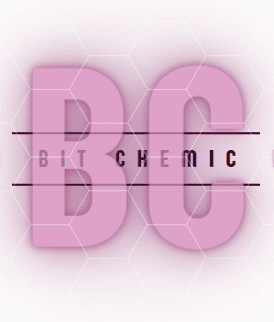What is Silver Liquid Mercury?
Silver Liquid Mercury is a chemical element with the symbol Hg and atomic number 80. It is also known as quicksilver and was formerly named hydrargyrum from the Greek words hydro (water) and argyros (silver).
A heavy, silvery d-block element, mercury is the only metallic element that is known to be liquid at standard temperature and pressure; the only other element that is liquid under these conditions is the halogen bromine, though metals such as caesium, gallium, and rubidium melt just above room temperature.
Mercury occurs in deposits throughout the world mostly as cinnabar (mercuric sulfide). The red pigment vermilion is obtained by grinding natural cinnabar or synthetic mercuric sulfide.
What is the Used of Silver Liquid Mercury?
Mercury is used in thermometers, barometers, manometers, sphygmomanometers, float valves, mercury switches, mercury relays, fluorescent lamps and other devices, though concerns about the element’s toxicity have led to mercury thermometers and sphygmomanometers being largely phased out in clinical environments in favor of alternatives such as alcohol- or galinstan-filled glass thermometers and thermistor- or infrared-based electronic instruments.
Likewise, mechanical pressure gauges and electronic strain gauge sensors have replaced mercury sphygmomanometers. The mercury cell process (chlor-alkali) is used to produce chlorine and sodium or potassium hydroxide, but is phased out.
What are the Properties of Silver Liquid Mercury?
Mercury, and mercury compounds, remain in use in scientific research applications and in amalgam for dental restoration in some locales, and in some food manufacturing operations.
In food manufacturing, mercuric chloride is used in the starch extraction process during rice, corn, and wheat refining to inhibit starch degrading enzymes. It is also used in fluorescent lighting.
Electricity passed through mercury vapor in a fluorescent lamp produces short-wave ultraviolet light, which then causes the phosphor in the tube to fluoresce, making visible light.
Mercury poisoning can result from exposure to water-soluble forms of mercury (such as mercuric chloride or methylmercury), by inhalation of mercury vapor, or by ingesting any form of mercury. In serious form, it is also known as Minamata disease. Mercury poisoning is intensified with lead co-exposures.





Reviews
There are no reviews yet.